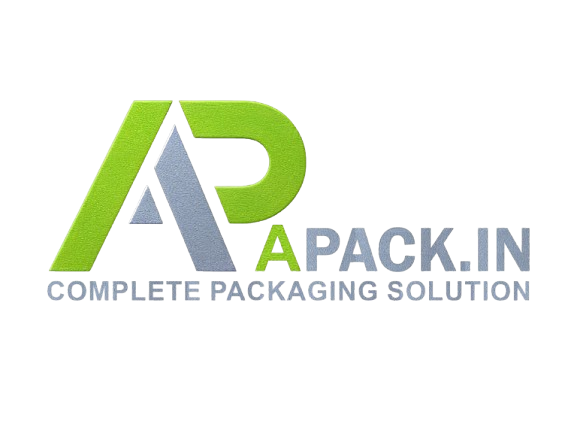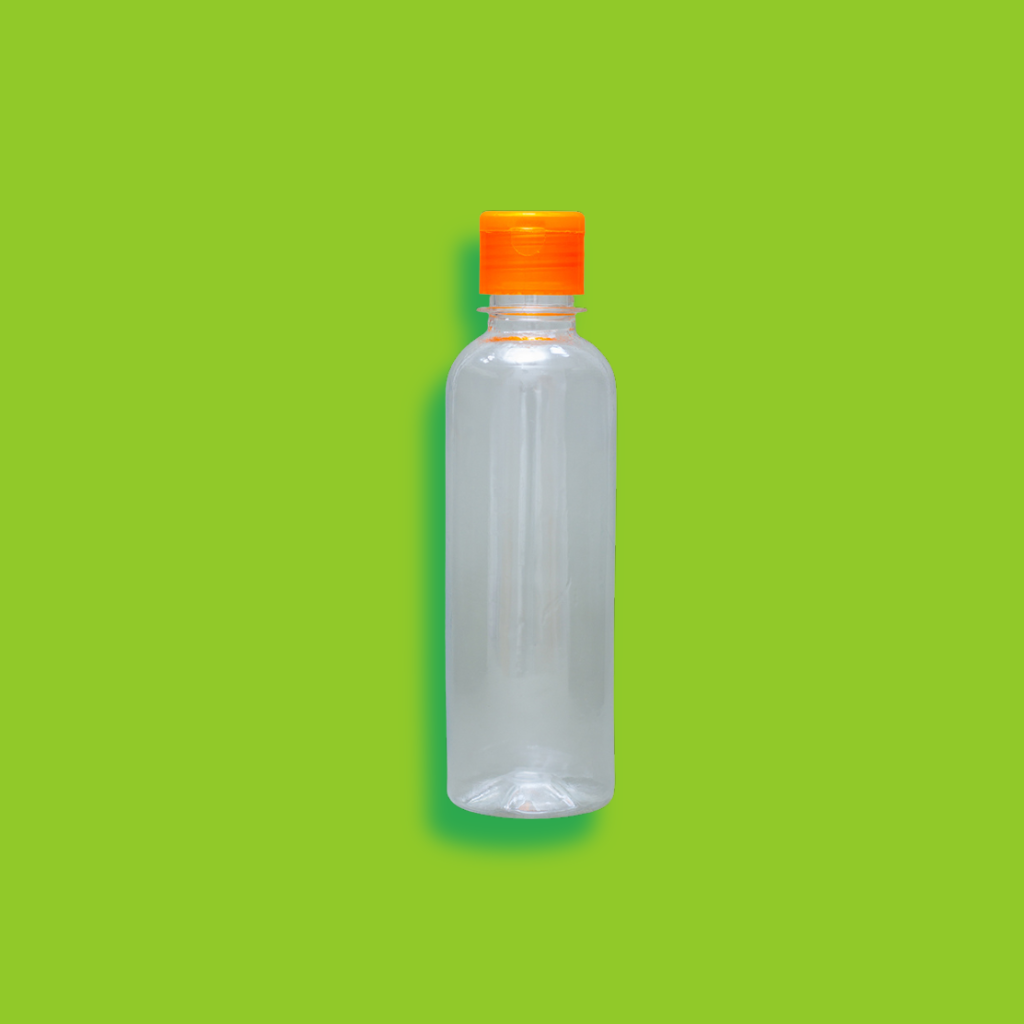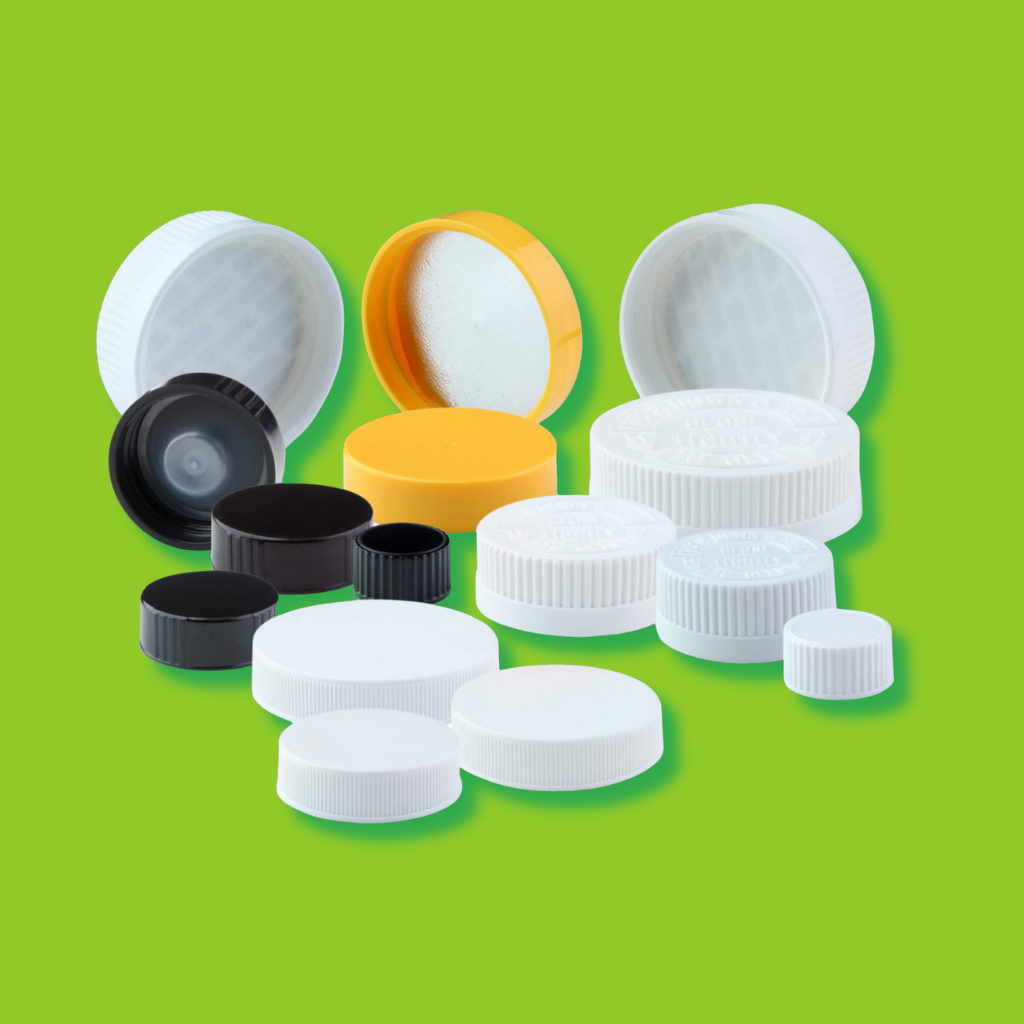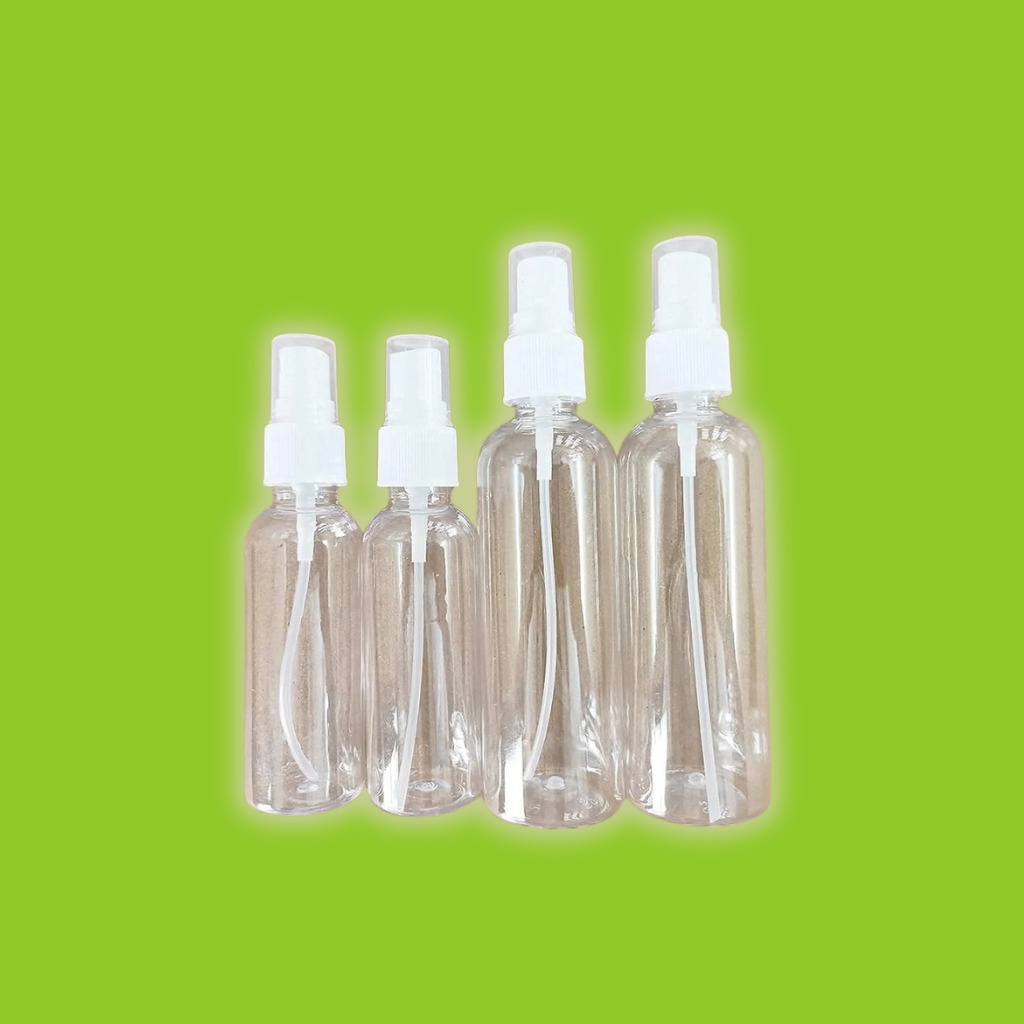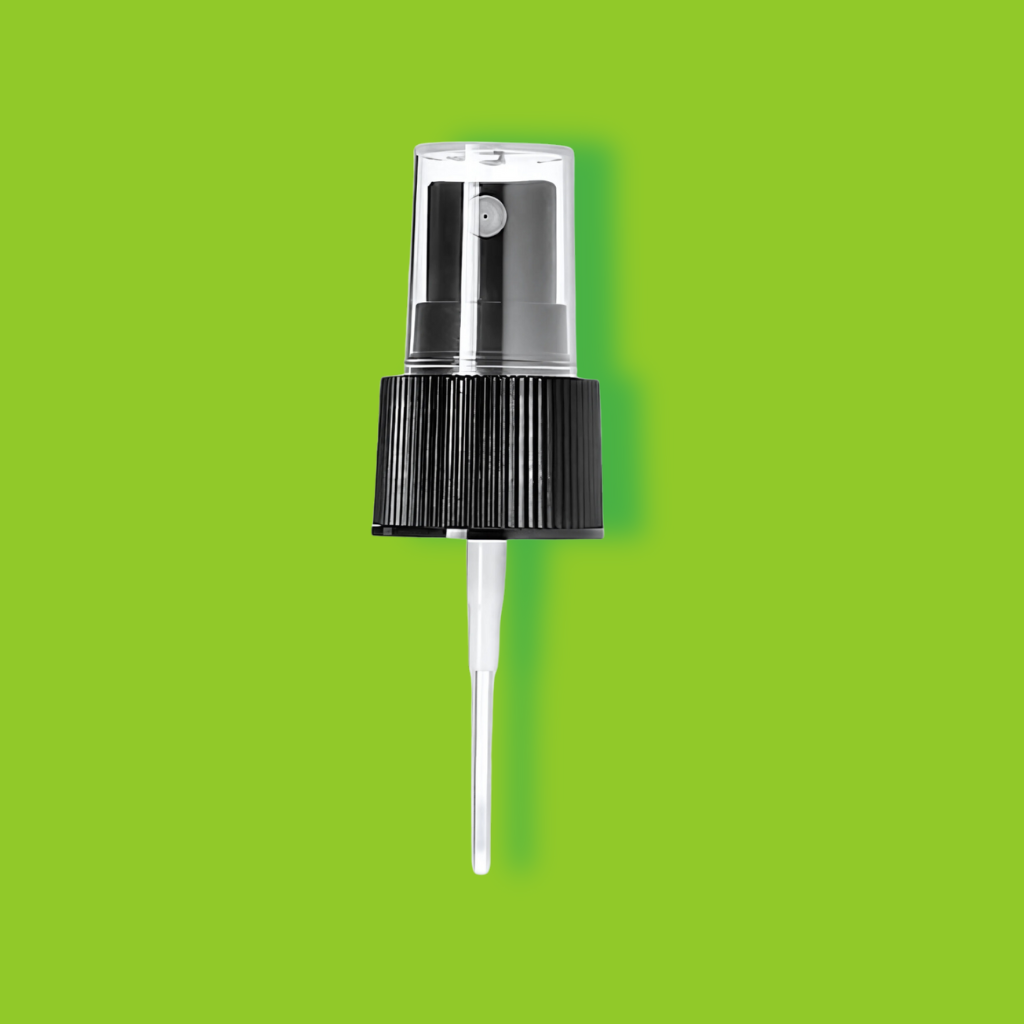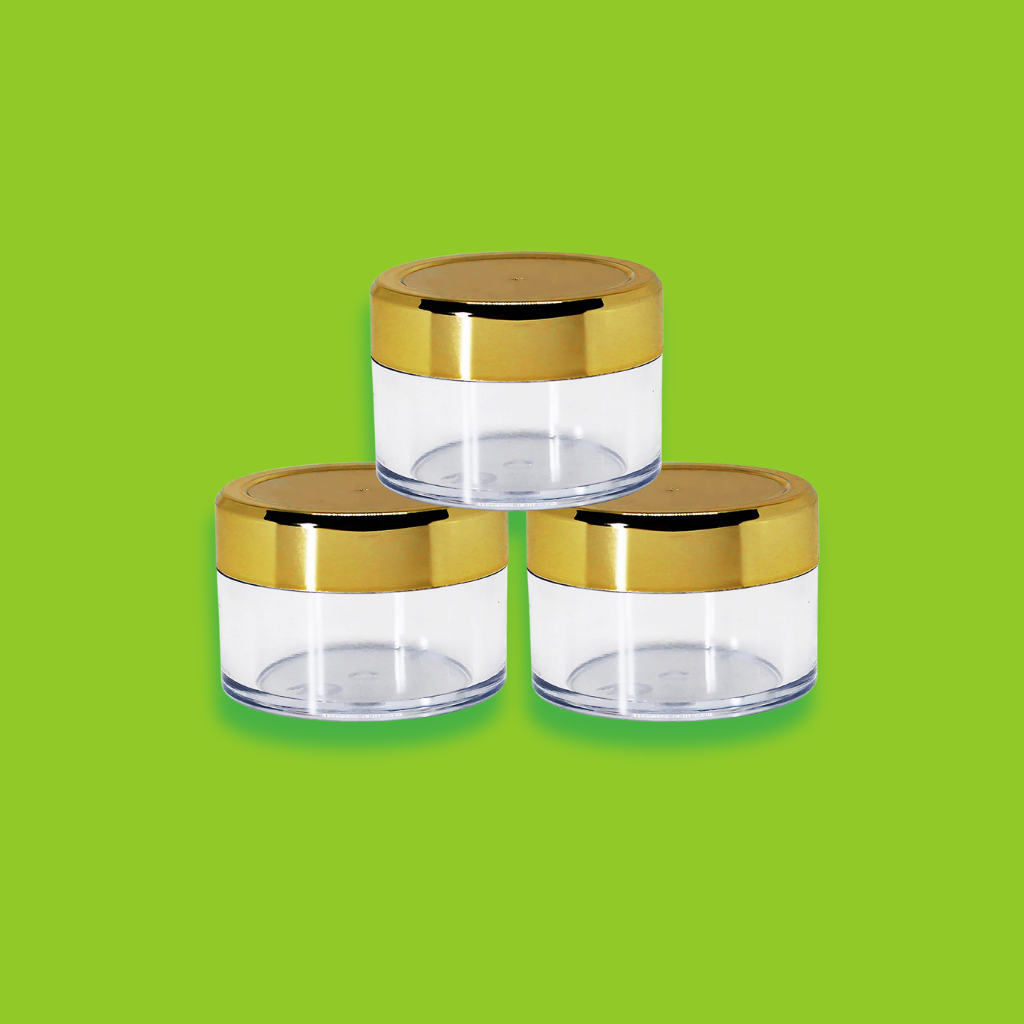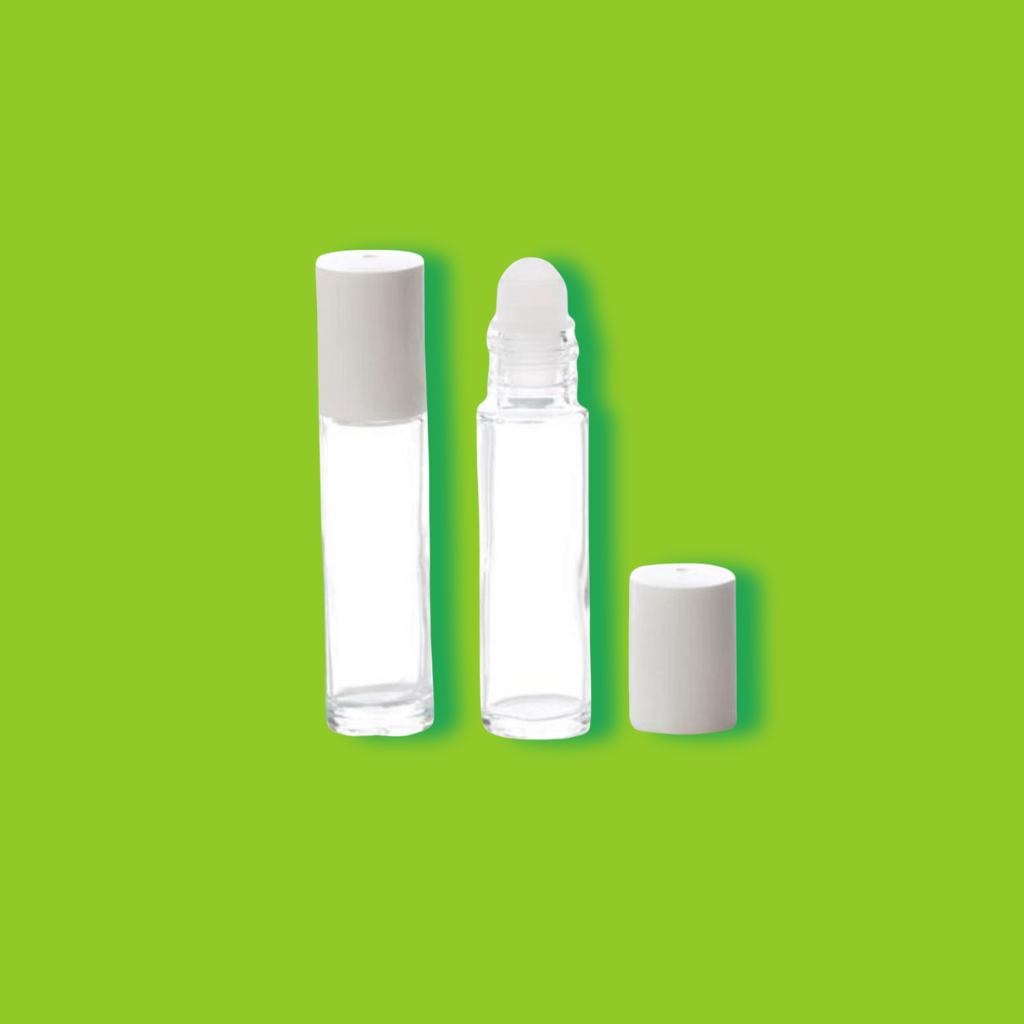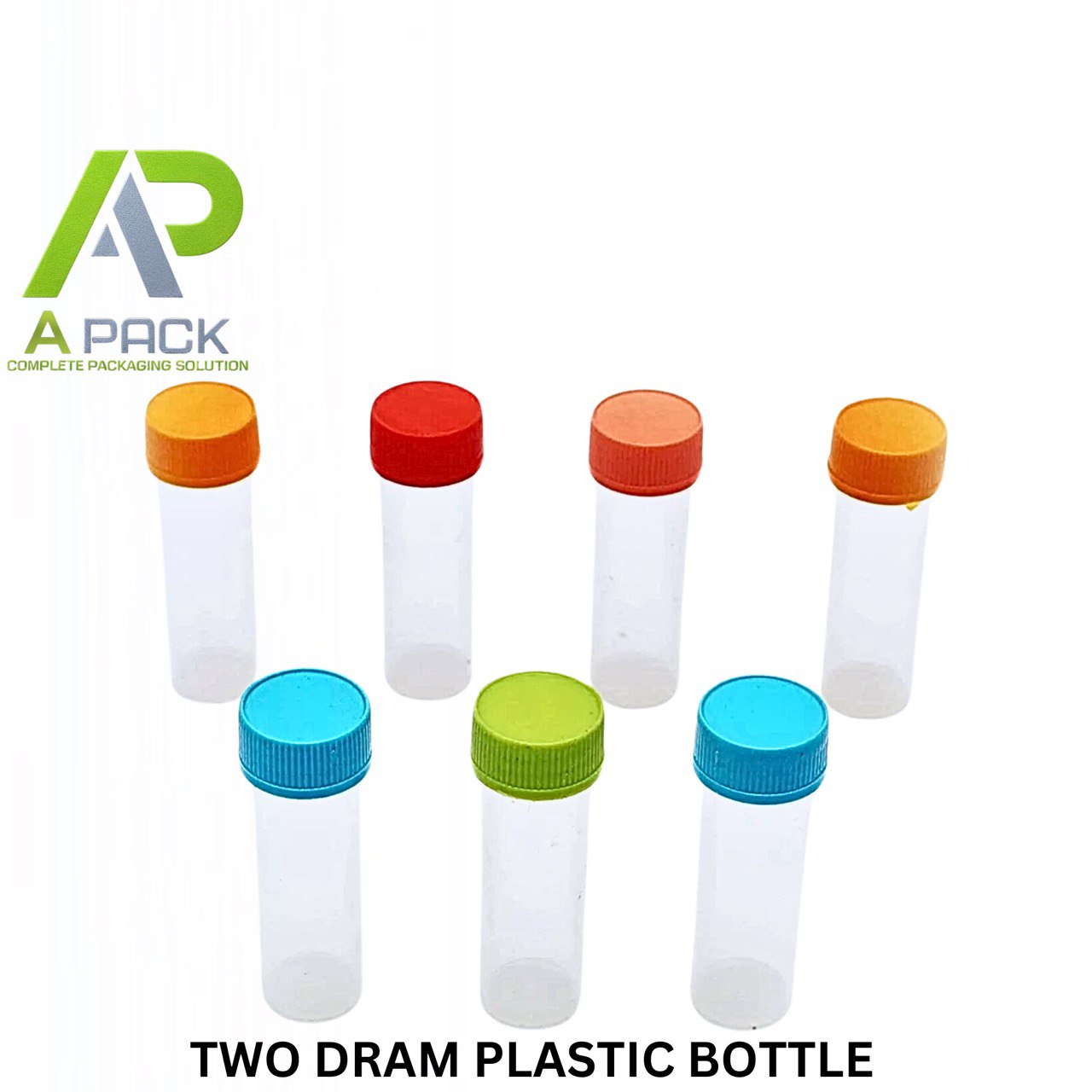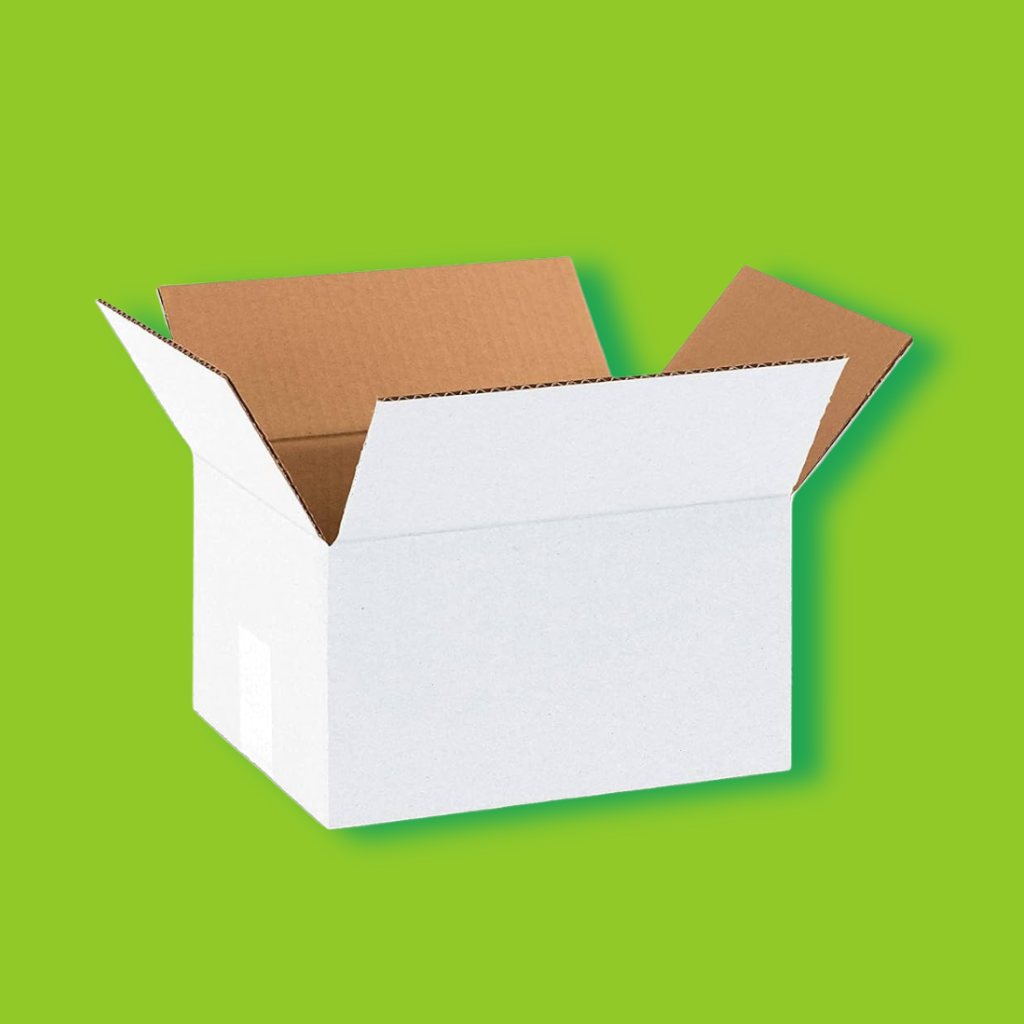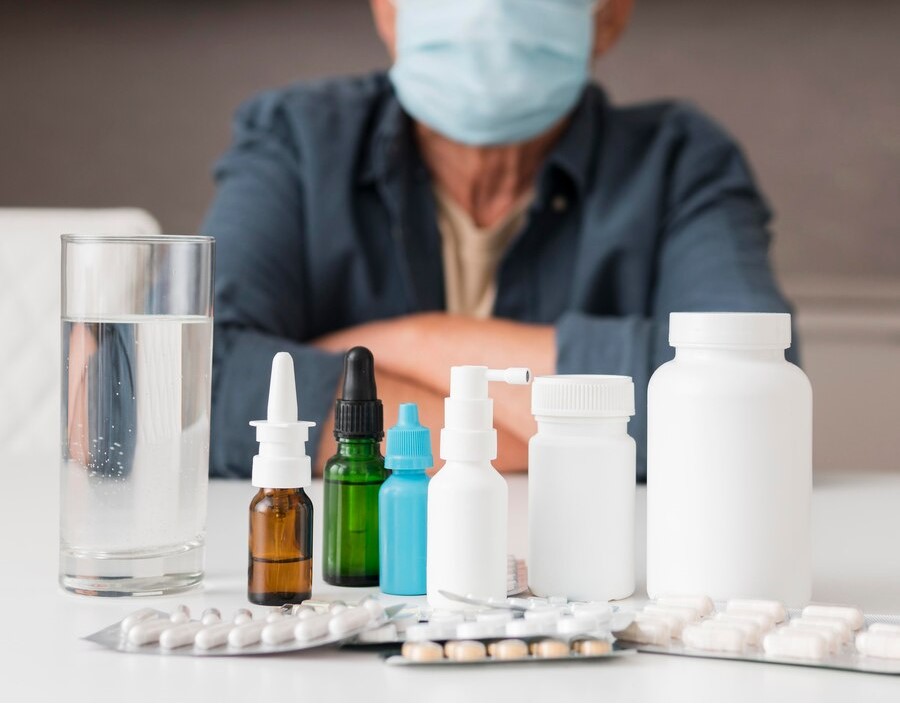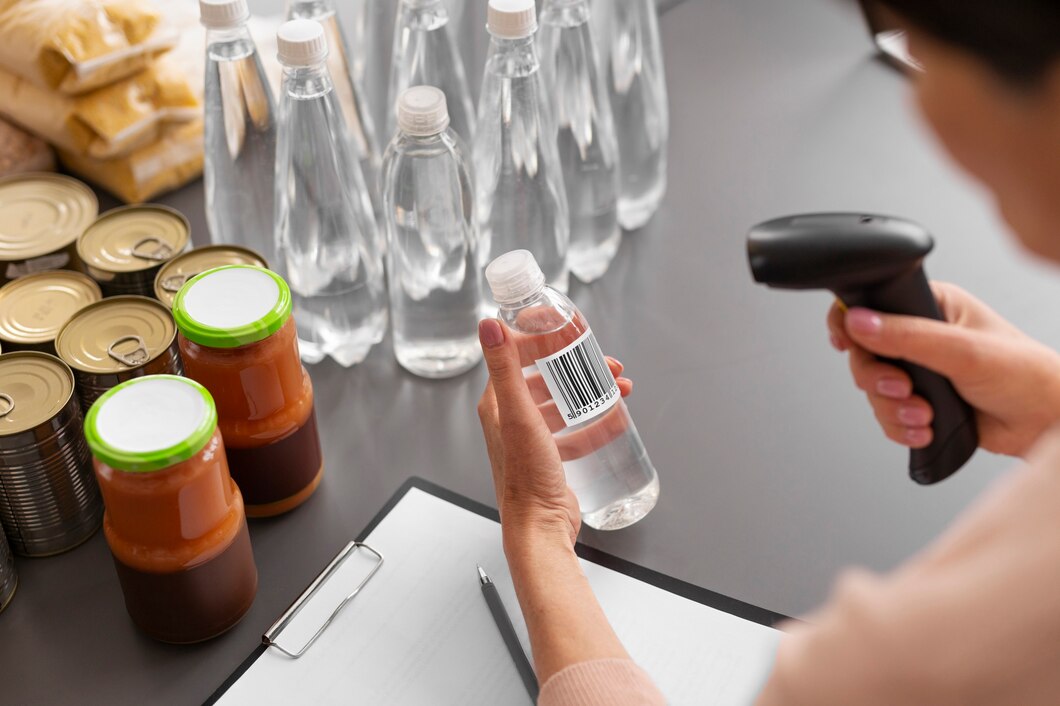The Evolution of Pharmaceutical Bottles
The Evolution of Pharmaceutical Bottles: Protecting Medicine and Patients
The pharmaceutical industry has witnessed significant advancements over the years, not only in the development of new medicines and treatments but also in the evolution of packaging materials and designs. Among the most important innovations in pharmaceutical packaging are pharmaceutical bottles — the containers that safely store and preserve medications, ensuring that they remain effective and safe for consumption.
This blog will explore the evolution of pharmaceutical bottles, how they have adapted over time to meet the needs of both medicine and patients, and the critical role they play in protecting public health.
1. The Early Days of Pharmaceutical Bottles
Pharmaceutical bottles have existed for centuries, though their forms were significantly different from what we see today. In the early days, medicines were typically stored in glass bottles or ceramic containers. These containers were often sealed with cork stoppers or wax seals to maintain freshness and prevent contamination. The primary concern during this era was simply to contain the medicine and keep it clean.
These early bottles were typically designed for tinctures or liquid medications. However, despite being functional, the storage methods were not ideal for long-term preservation of delicate compounds. The lack of controlled sealing, modern sterilization methods, or tamper-proof features often led to issues with contamination, loss of potency, and even toxicity from exposure to air or light.
2. The Introduction of Glass Bottles and Modern Seals
With the rise of mass-produced pharmaceuticals in the 19th and early 20th centuries, glass bottles became the standard. Glass was a preferred material due to its inertness, clarity, and durability, making it an ideal choice for preserving medicines. It was also a hygienic material, easy to clean and sterilize, which was crucial for medicines, especially those administered through injections or oral consumption.
The addition of metal screw caps and rubber stoppers in the 20th century significantly improved the sealing process. These closures ensured that the medicines inside the bottles were protected from air, moisture, and potential contamination, keeping the drugs potent for longer periods.
3. The Emergence of Tamper-Evident and Child-Resistant Packaging
As the pharmaceutical industry grew, so did the concerns about safety and security. Tampering with medicine became a serious problem, leading to the development of tamper-evident packaging in the late 20th century. Tamper-evident seals became a crucial addition to pharmaceutical bottles, ensuring that consumers could easily detect whether a bottle had been opened or altered before purchase. This feature also helped reduce counterfeit drugs in the market.
In parallel, the need for child-resistant packaging became evident. Many medications, especially those intended for pain relief, allergy treatment, or other commonly used drugs, could be harmful or even deadly if ingested by children. This led to the development of child-resistant caps, which required a specific mechanism to open, making it much harder for young children to access the contents.
4. The Rise of Plastic and Lightweight Materials
In the 1980s and 1990s, there was a shift towards using plastic materials in pharmaceutical bottle production. Plastics like PET (polyethylene terephthalate), HDPE (high-density polyethylene), and PVC (polyvinyl chloride) offered several advantages over glass, including lightweight construction, lower cost, and greater durability. These plastic bottles were less likely to break or shatter, reducing the risks during transportation and handling.
While plastic bottles provided numerous benefits, the shift from glass also posed some challenges. For example, plastic bottles are more permeable than glass, which could lead to the degradation of certain medications. This led to further advancements in coatings and materials designed to protect medicines from environmental factors like light and moisture.
5. The Role of Technology in Modern Pharmaceutical Bottles
In recent years, technology has played a key role in advancing pharmaceutical bottle design. Bottles are no longer just containers; they are integral parts of the drug delivery system. Some modern bottles come with QR codes or smart packaging that can track the medication's shelf life, verify its authenticity, and even send reminders to patients when it's time to take their medicine.
Active packaging has also emerged, where pharmaceutical bottles can release preservatives, antioxidants, or other agents to help extend the shelf life of medications. Furthermore, smart caps and integrated dispensing systems are helping patients take the correct dose of medicine, reducing the risk of human error in dosage.
6. Eco-friendly and Sustainable Packaging
As environmental concerns have grown, the pharmaceutical industry has started exploring sustainable packaging options. Many pharmaceutical companies are now focusing on reducing the environmental impact of packaging by using recyclable plastics, biodegradable materials, and minimalist packaging designs. The shift towards sustainability aims to reduce plastic waste and ensure that the pharmaceutical industry can meet both the growing demand for medicines and the global need for eco-friendly solutions.
7. Looking to the Future: What’s Next for Pharmaceutical Bottles?
The future of pharmaceutical bottles will likely see further innovations that enhance both safety and convenience. We can expect more personalized medicine, which may require unique packaging solutions tailored to individual patient needs. For example, some drugs may be packaged with personalized dosing systems that automatically adjust the amount of medication based on the patient's condition.
Advancements in biodegradable plastics, intelligent packaging that interacts with patients or healthcare providers, and even 3D printing of custom drug containers are all on the horizon. The goal will continue to be not only to protect the medicine but also to make the overall experience safer, more convenient, and more environmentally responsible for patients and the planet.
Conclusion
Pharmaceutical bottles have come a long way since their humble beginnings, evolving from simple containers to advanced, high-tech packaging solutions that play a critical role in safeguarding both the medicine and the patient. Whether it's the shift from glass to plastic, the advent of tamper-evident seals, the development of child-resistant caps, or the integration of smart technology, pharmaceutical bottles have become far more than just storage containers. They are now vital tools in the effort to ensure patient safety, improve medication adherence, and protect against tampering and counterfeit drugs.
As the industry continues to innovate, we can expect further developments in packaging that will enhance the safety, efficacy, and environmental sustainability of pharmaceuticals.

